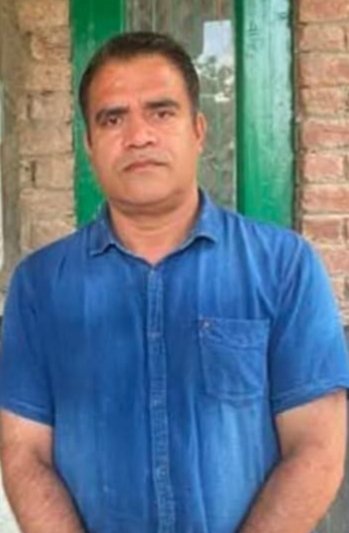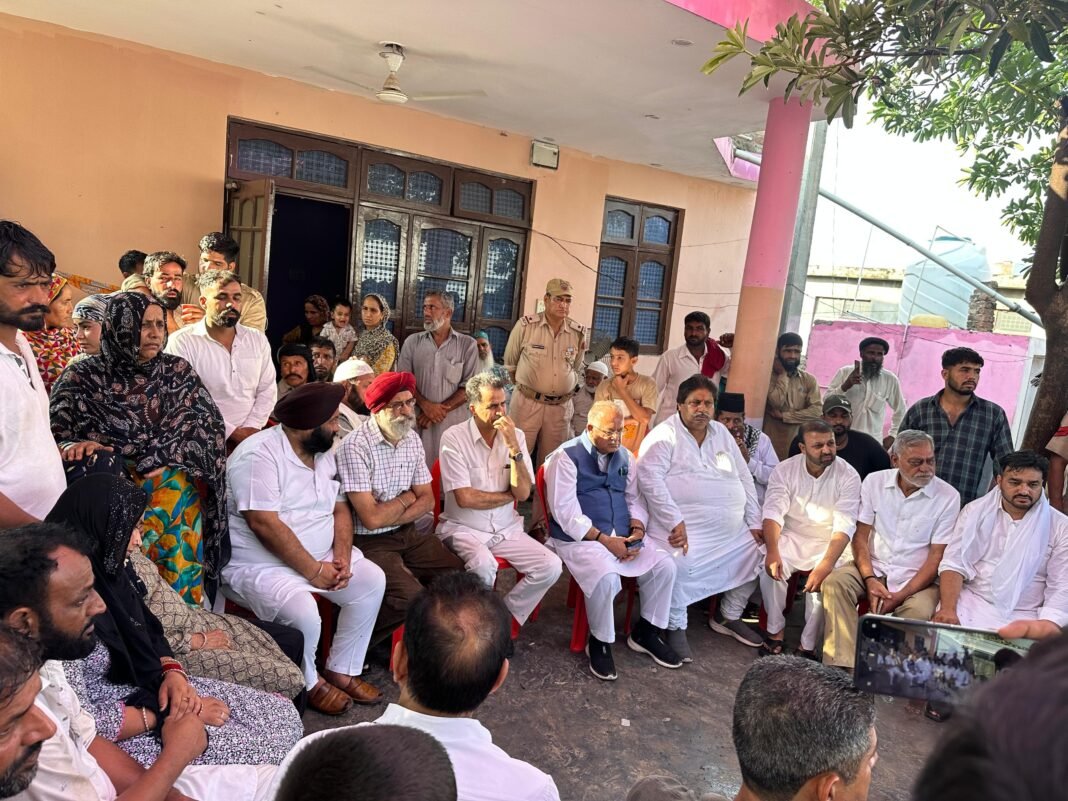Spiritual serenity and historical reverence in Ganderbal’s sacred heights
Rouf Ahmed Bhat
Tucked away in the spiritual landscape of the Kashmir Valley lies the revered shrine of Baba Dariya Din (RA), a distinguished saint of the Reshi order whose life and legacy continue to inspire generations. Located in the Ganderbal tehsil, just 8 kilometers from the district headquarters, the village named after this saint has become a destination of pilgrimage and reflection.
Baba Dariya Din (RA) lived during the rule of Sultan Zain-ul-Abideen—popularly known as Budshah—an era marked by the flourishing of Sufi thought and Reshi mysticism in Kashmir. He was deeply influenced by two towering figures of the Reshi lineage: Shaikh-ul-Alam, also known as Nund Reshi (RA), and Hazrat Zainudin Reshi (RA). According to oral traditions, Shaikh-ul-Alam entrusted Baba Dariya Din to Zainudin Reshi for spiritual mentorship, a move that shaped his future journey as a missionary of Tawheed (oneness of God).
After attaining spiritual elevation under his mentor’s guidance, Baba Dariya Din (RA) was instructed to traverse the valley and spread the divine message. His journey led him through various regions until he arrived at Elaqi-Phag in Ganderbal, where he met the contemporary Sufi saint Baba Faqr-ud-Din Wali (RA), who was then immersed in meditation atop a mountain cave between Nagbal and Khalimula.
Though reportedly unlettered and hailing from Rainawari in Srinagar, Baba Dariya Din (RA) was deeply rooted in Reshi principles—living a life of simplicity, seclusion, self-discipline, and service. He upheld the belief that true knowledge of God (Ma’rifat-e-Haqiqi) could only be achieved through deep self-realization (Ma’rifat-e-Nafs).
He was closely associated with several other revered saints, including Baba Shukur Din Reshi (RA), Baba Payam-ud-Din (RA), Baba Hanif-ud-Din Reshi (RA), and Sheikh Sham-ud-Din Reshi (RA). Numerous miracles are attributed to his life. One widely narrated event recalls how looters who stole his utensils lost their eyesight, only to have it miraculously restored after returning the items and receiving his prayers.
In the absence of a water source near his cave, his disciples—among them Baba Sangee Reshi (RA), Baba Fatha Reshi (RA), and Baba Hasti Reshi (RA)—would fetch water from nearby villages. Moved by their hardship, Baba Dariya Din (RA) reportedly struck the ground with his staff after invoking Allah’s name, causing a spring to gush forth. That very spring continues to serve the local population to this day.
Toward the end of his earthly life, Baba Dariya Din (RA) entered a 40-day seclusion in his cave, instructing followers not to disturb him as he had received a divine order for exclusive prayer. When the stone sealing the cave was later removed, his physical body had disappeared—an event that spread swiftly across the valley. The news even reached Budshah himself, who, along with his ministers, visited the site and ordered the construction of a mausoleum and a mosque at the location. The king also donated land for the upkeep of the shrine, known today as Ziyarat Sharief Baba Dariya Din (RA).
The shrine is perched at an elevation that offers breathtaking views of the Dal Lake and surrounding valleys, making it both a spiritual and scenic destination. Each year, the annual Urs (commemoration) is observed from the 10th to the 12th of Rabi-ul-Awwal, coinciding with the birth anniversary of Prophet Muhammad (SAW). The event draws thousands from Ganderbal and neighboring districts, with special prayers and night-long gatherings held in reverence.
In a region often in search of peace and meaning, the legacy of Baba Dariya Din (RA) stands as a beacon of spiritual endurance, unity, and divine love(DD)





